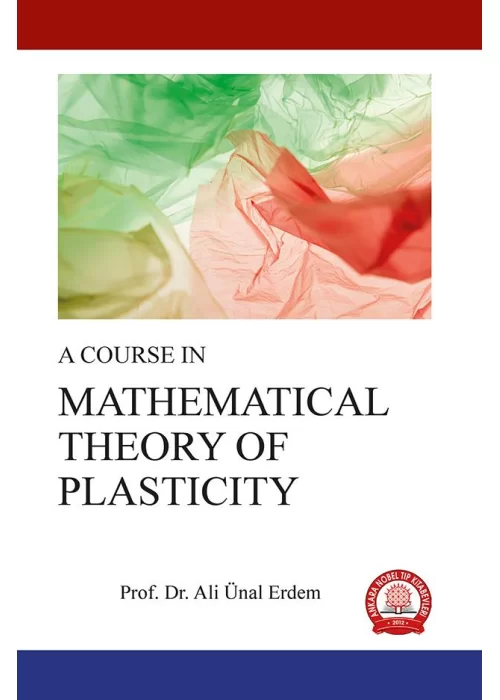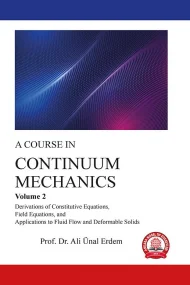1000 TL ve Üzeri Tüm Alışverişlerinizde KARGO BEDAVA!
A COURSE IN MATHEMATICAL THEORY OF PLASTICITY
- Yayınevi: Ankara Nobel Tıp Kitabevleri
- ISBN: 9786257146722
- Yazar: Prof. Dr. Ali Ünal Erdem
- Basım Yılı: 2021
- Baskı Sayısı: 1
- Sayfa Sayısı: 394
- Ebat: 16 x 24 cm
- Kapak / Cilt: Karton Kapak
- Dil: İngilizce
%17indirim
750,00 TL
625,00 TL
Stok:
20
Yazarın Diğer Kitapları
Benzer Kitaplar























